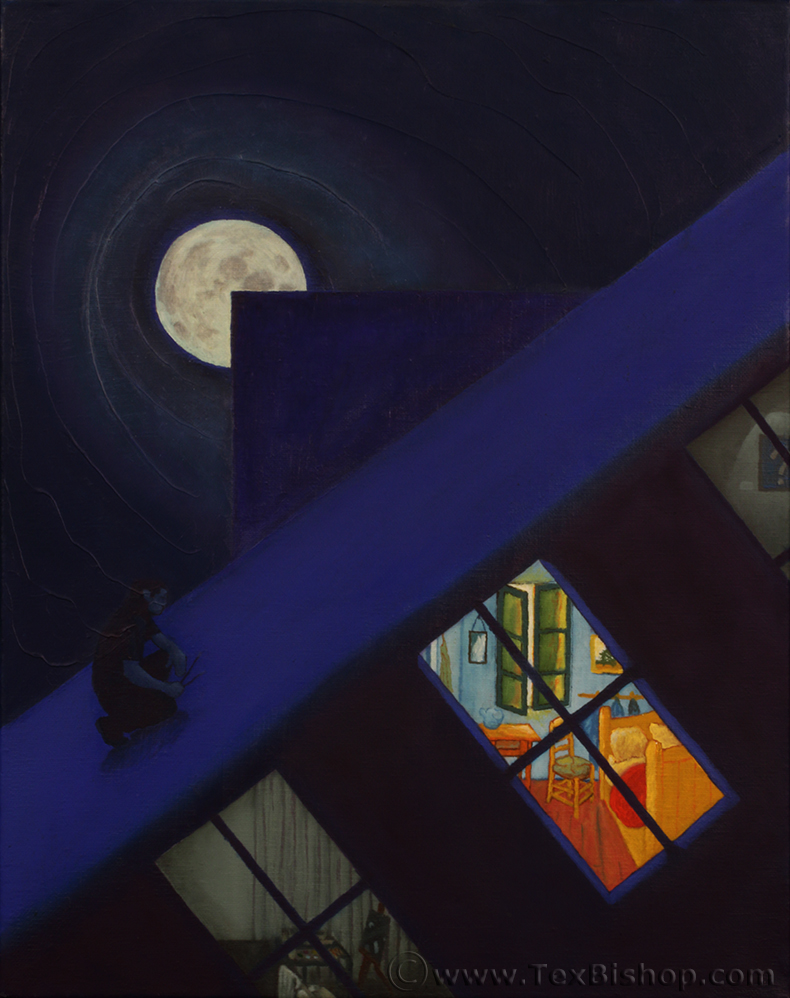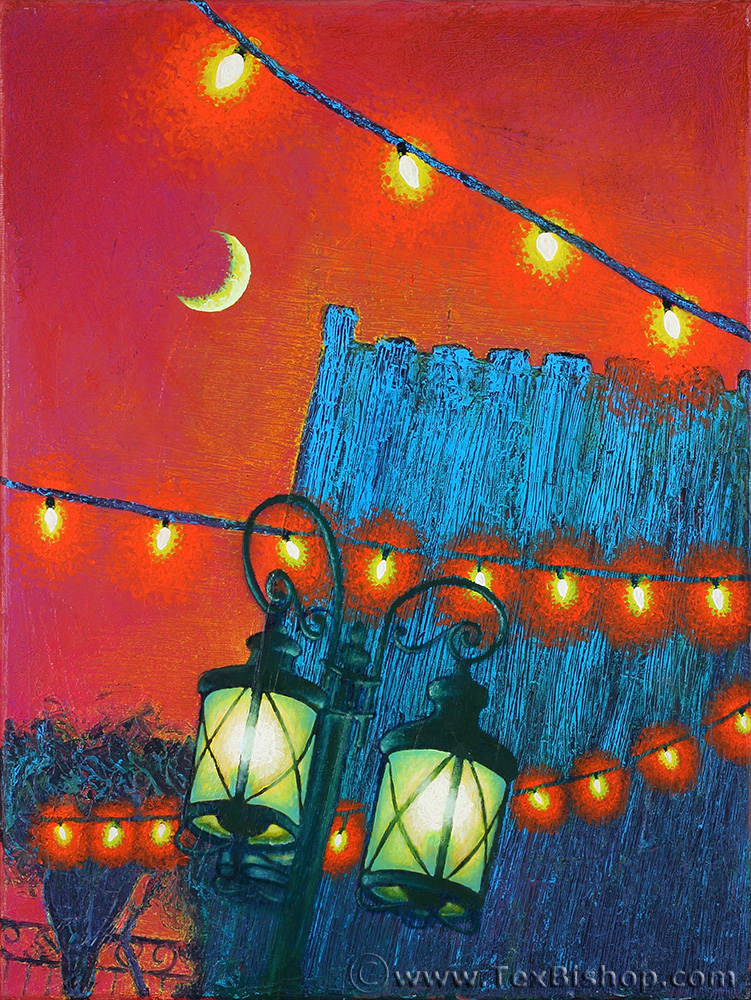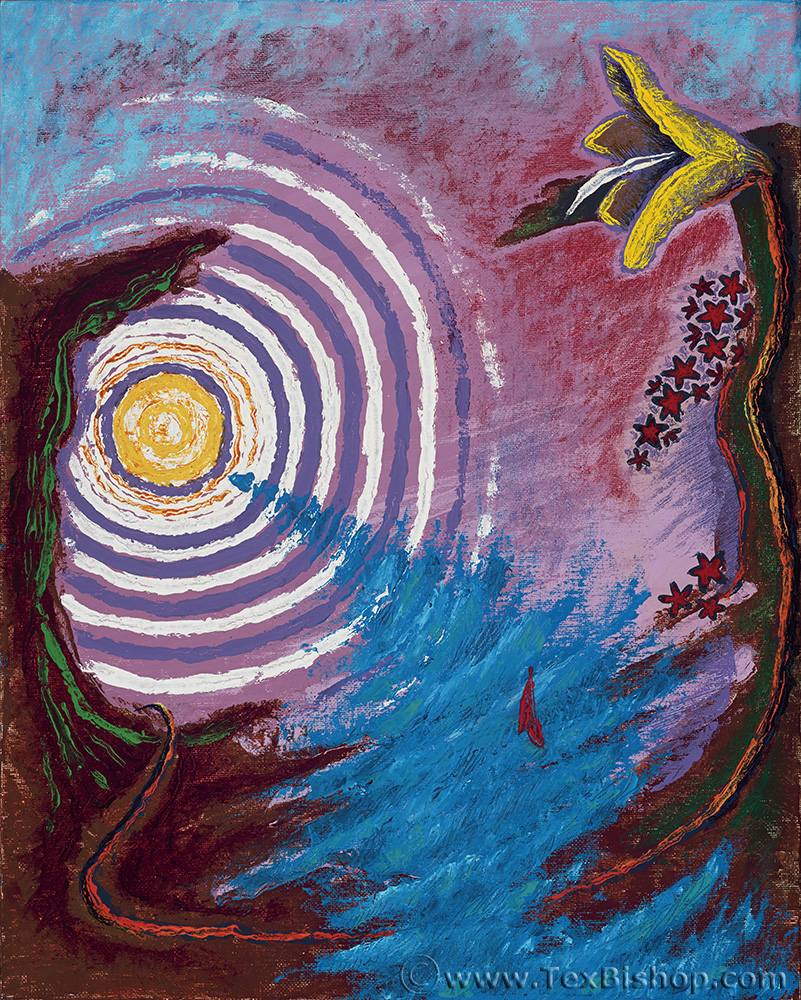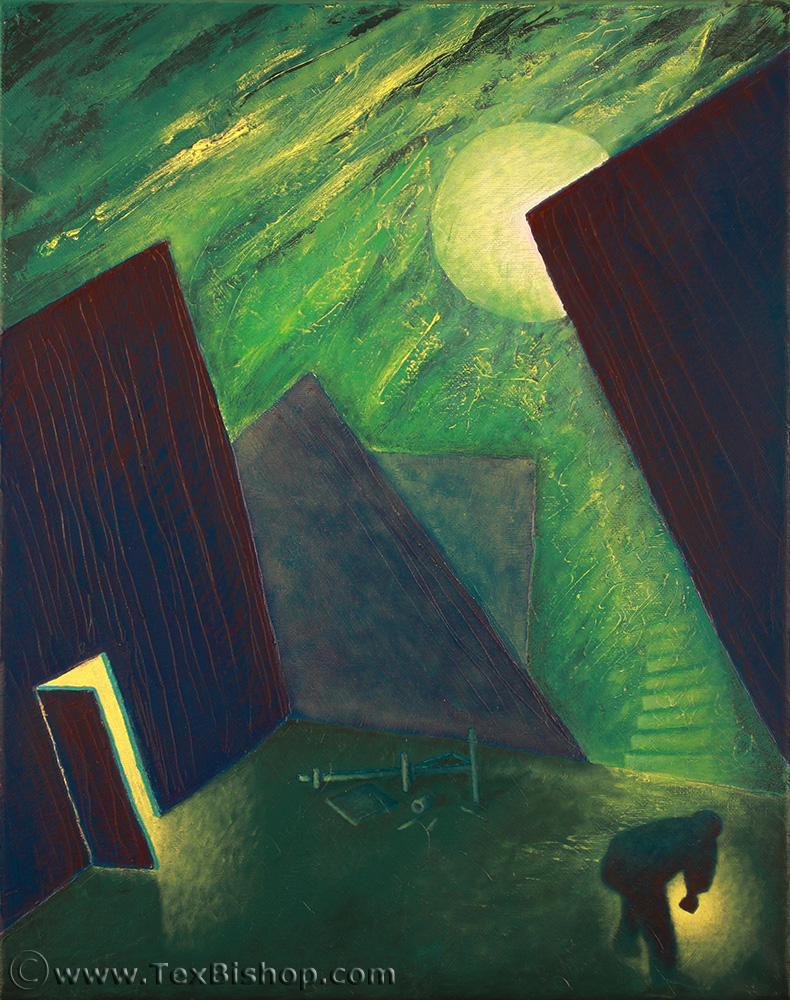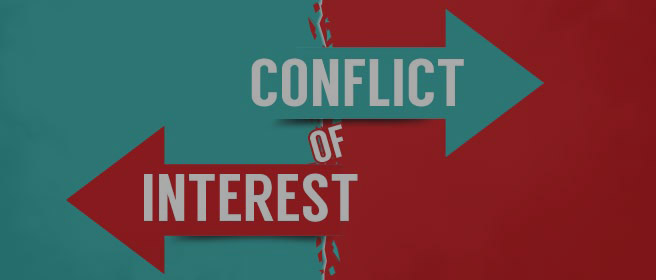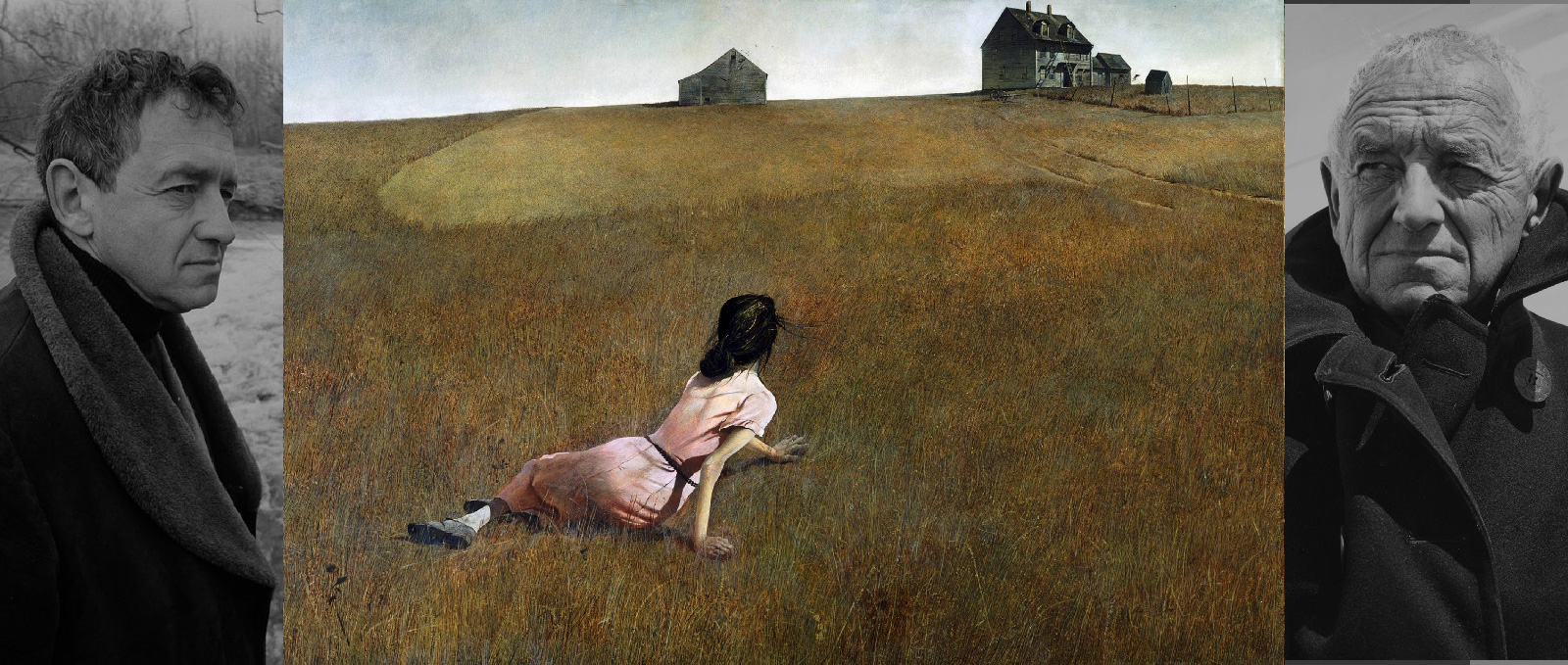Mundane Material Matters

Pulling back the curtain...
It's something I've seen listed multiple times on numerous advice articles regarding self promotion in social media for artists. Talk about your process, your materials, show how things are done, your workstation. They say that these things that seem very boring and uninteresting to artists, are in fact very interesting to non-artists. Is that really true?
This topic here is probably the least interesting item in that category: painting surfaces. I can't imagine that this is really interesting, but maybe I'm wrong, and it's what I've been looking at doing something with this last week. If you really do find something so mundane interesting, drop me a comment on it.
Generally speaking, when it comes to oil painting, there are two types of surfaces that are commonly used: canvas and board. The more common choice is to use canvas stretched over a wooden frame. The next most common is to paint on some sort of hardboard. There is also a hybrid, canvas board, where you have canvas stretched over a piece of hardboard. Canvas offers a springy surface, with a specific texture, and is light. Hardboard offers a stiff surface, and can be very smooth, but can also be heavy. Canvas board offers the stiff surface with the texture of canvas.
The majority of the paintings I have done have been on stretched canvas. I've tried the canvas board, a few in my portfolio are on it, but decided that I don't like it. At least, I didn't like the ones that I bought. Currently, the painting I am working on now is a piece of cradled hardboard. This is the first time I've tried painting on hardboard, and I like it enough that I'm planning on making my next few on the same surface.
So, here's where my current activity comes in. Up to this point, I've been buying cheap canvases from Michaels. They aren't very good quality, but I can get five of them for ten dollars or so with a coupon. That's cost effective. But, if I'm going to be selling my work moving forward, I don't want to be working on such cheap materials anymore. I can't afford to pay for the quality prefabbed surfaces, which means I have to make my own if I want quality.
And so, I've been reading and looking at material options and costs. There are multiple different options that I have to explore when it comes to boards. I could do the standard thin hardboard and cradle it, which means adding braces to the back to keep it flat. I could go with a thick piece of maple, which probably wouldn't need cradled, and carries a different atmosphere due to its weight. I could use a thin birch panel, cradled. There are so many different things to consider in terms of quality, such as resistance to moisture, smoothness of grain, long term durability. I'm still reading about the different kinds of wood and their properties.
Then I have to consider how to prepare the board. I need some kind of gesso, which is the basecoat that goes underneath the oil paint. It keeps the oil from seeping into and rotting the surface of whatever I am painting on. And it can be expensive itself, so I'm considering cheap alternatives, such as the myriads of industrial acrylic house paints, or possibly mixing my own gesso. On top of that, I see a lot of advice saying you should seal the wood before applying the gesso. Once again, when it comes to materials, there are longevity issues to consider, flexibility of surface due to cracking possibilities, oil resistance, etc. Decisions, decisions, decisions.
So, are you bored yet? lol




